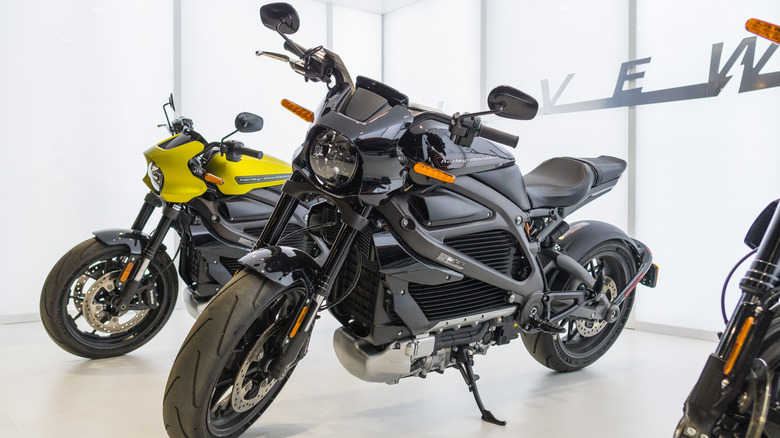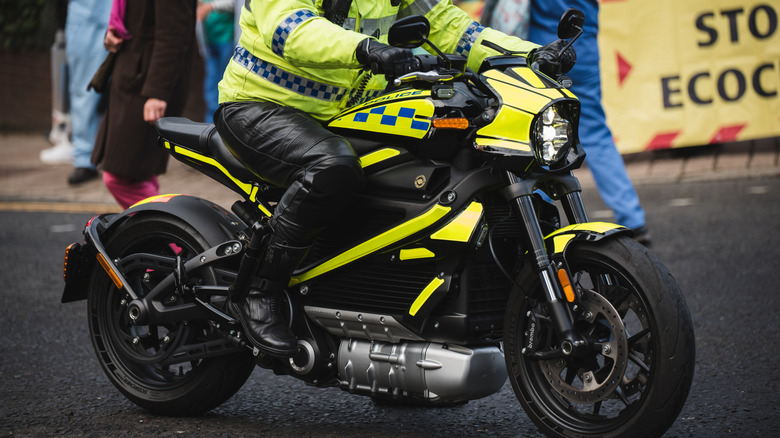Where Are LiveWire Motorcycles Made & Does Harley-Davidson Still Own The Company?
LiveWire motorcycles are built in York, Pennsylvania, at Harley-Davidson Vehicle Operations. That's the same facility where Harley assembles its gas-powered lineup, and it's where the first LiveWire electric bike came to life before the brand was spun out. Harley kept production at home, so every LiveWire sold in the U.S. is still made in America. The bike itself runs from 0 to 60 in three seconds, and carries a top speed well beyond what most buyers would need. Still, production alone hasn't been enough to keep sales healthy.
Harley-Davidson realized early on that slapping its own logo on an electric bike wasn't going to attract the right buyers. In 2021, the company announced LiveWire would become its own standalone brand, with its own logo and lineup. The company described this as a way to let the electrified models stand on their own terms, supported by what it called a "virtual headquarters." Engineering resources are split between Milwaukee and Silicon Valley, with teams focused on software and technology development.
Even with its own brand, LiveWire bikes are sold through Harley's network, though the buying process is changing. Customers can configure bikes online in some states and complete the purchase through a dealer. Harley modeled the strategy on its Serial 1 e-bike spinoff, betting that independence would let LiveWire target younger urban riders while still leaning on the strength of Harley's dealer footprint. The results so far show how difficult that balance has been.
Does Harley-Davidson still own LiveWire?
Yes. Harley-Davidson still owns LiveWire, but the structure makes it operate as its own company. Harley's CEO, Jochen Zeitz, framed the mission as creating "the most desirable electric motorcycle brand in the world," a statement meant to reassure investors that electrification is still part of the company's long-term future. Technology developed under LiveWire will also be applied to future Harley-Davidson electric models.
That independence hasn't solved the financial side. LiveWire has struggled since launch, initially priced near $30,000, which immediately limited its audience. Even after dropping the price by about $10,000 and later launching S2 models closer to $16,000, sales remain weak. In 2023, the company sold just 660 bikes. The following year, sales hit 612, while Q1 and Q2 2025 marked just 33 and 55 bikes sold, respectively. Operating losses are large, with nearly $40 million lost in the first half of 2025 alone, following $125 million in 2023 and $85 million in 2022.
Harley's outgoing leadership partly blamed the weak charging infrastructure for LiveWire's slow growth. But the bigger problem remains how much they cost, a limited range of roughly 100 miles, and competition from rivals. Zero Motorcycles offers established EV bikes, and Maeving entered the U.S. with models under $10,000. Against that backdrop, LiveWire's higher prices and lower sales volumes make profitability difficult. Despite the problems, Harley hasn't abandoned LiveWire. It continues to unveil new models, like the S2 Del Mar, S2 Mulholland, and even new low-powered concepts with removable batteries.

